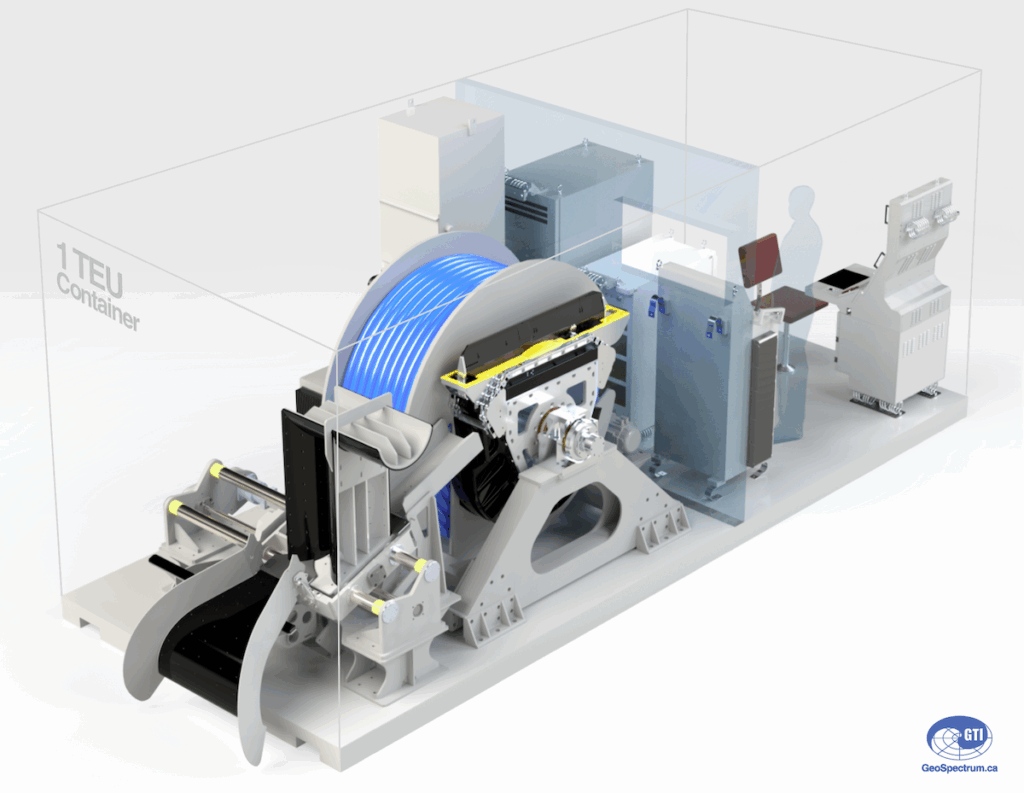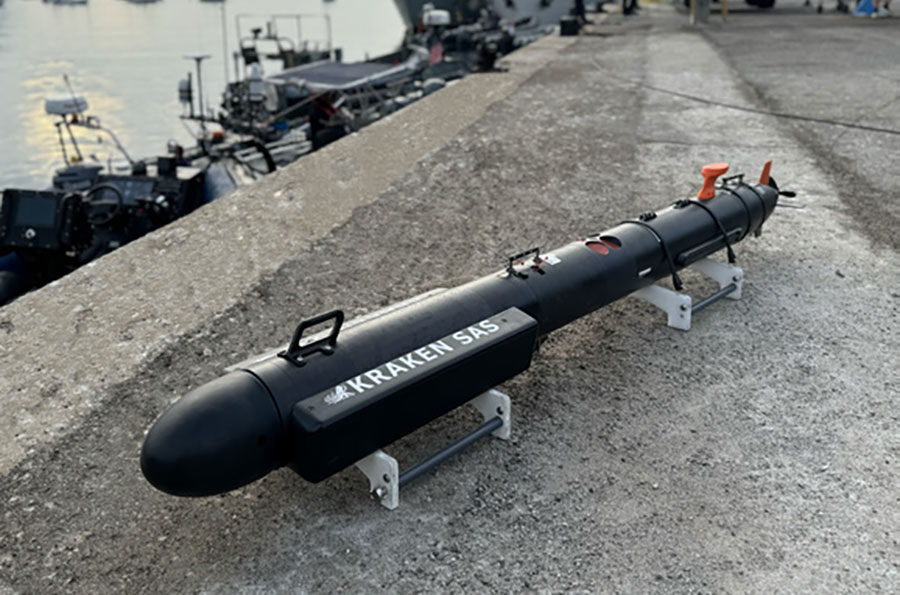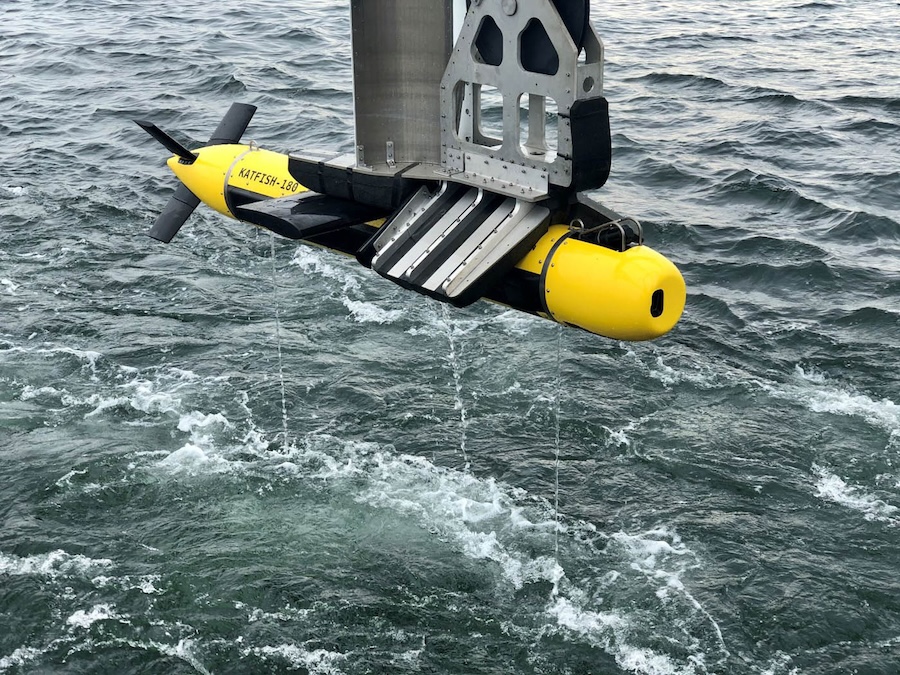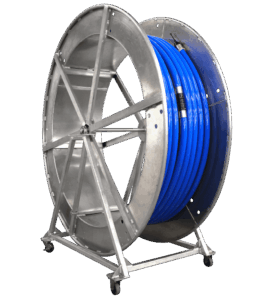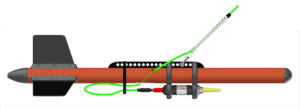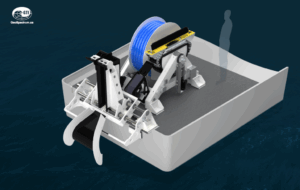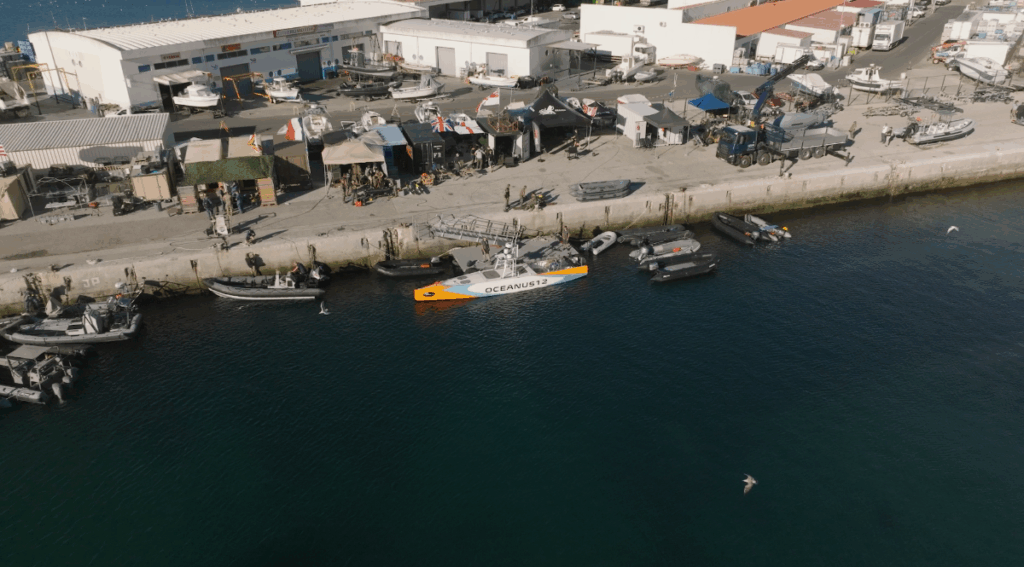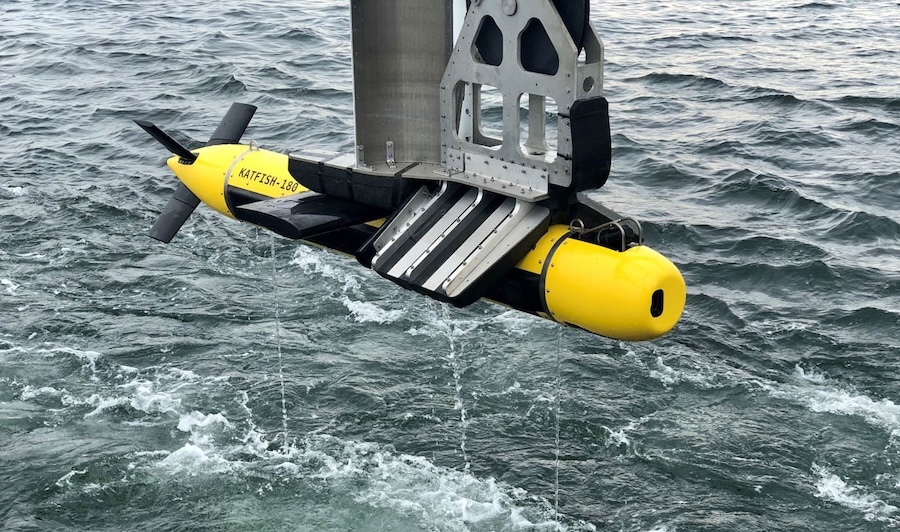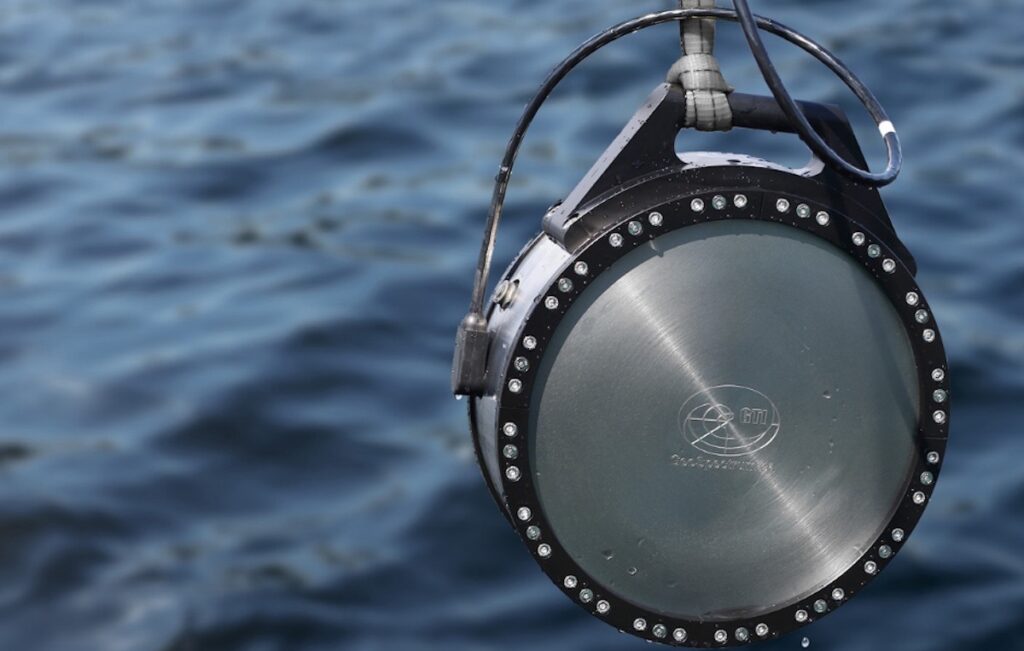Suppliers
Add your company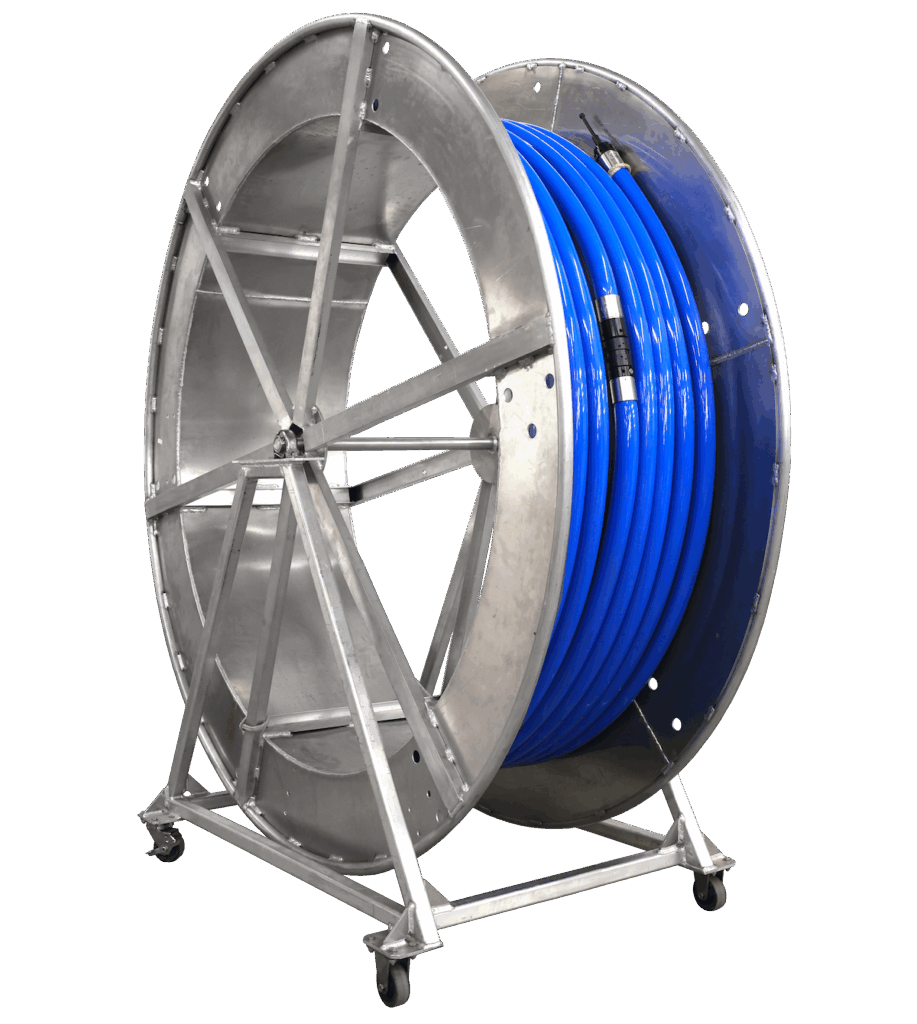
Marine Acoustic Hardware for Maritime Surveillance and Oceanography

Advanced Real-Time Underwater Listening Technologies & Acoustic Monitoring Solutions
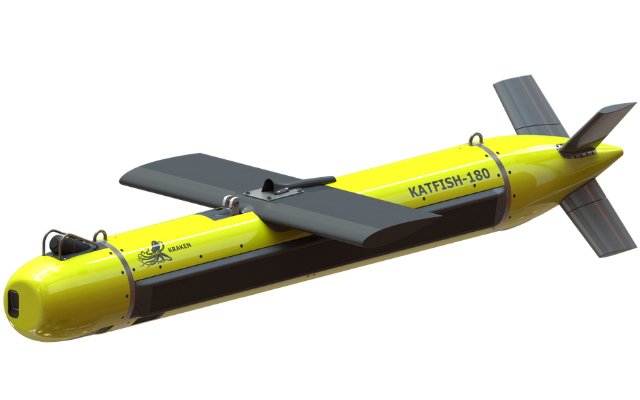
Industry-Leading Underwater Imaging and Power Solutions for Demanding Professional Survey Applications

Acoustic & Sonar Technologies for Marine & Maritime Applications
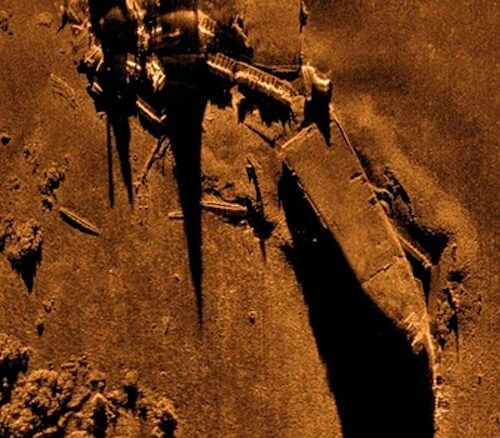
Advanced Sonar Systems for Underwater Detection, Imaging & Navigation
If you design, build or supply Towed Arrays, create a profile to showcase your capabilities on this page
Products
Towed Array Sonar Systems (TASS)
The operation of a towed array centers on its ability to detect sound in the water column using an extended line of hydrophones. These hydrophones convert acoustic pressure into electrical signals, which are then transmitted through the array cable to signal processing units aboard the towing vessel.
These signals are collected using multiplexers, often digitized by analog-to-digital converters, and processed using digital signal processing (DSP) algorithms. The goal is to localize the origin of sound waves, whether they come from a submarine, marine life, or an environmental event, by analyzing their arrival time and intensity across the hydrophone string.
The tow cable itself is a complex, engineered component that must handle mechanical tension, transmit power, and often carry data via fiber optics. Its design ensures the array maintains a consistent shape and depth, which is crucial for maintaining accurate sensor readings.
Modern systems also employ inertial navigation systems (INS) and motion sensors to track the shape and position of the array in real time, compensating for movement caused by ocean currents or maneuvering. Some systems integrate AI-enabled processing to automate detection and classification, further increasing mission capability.
Types of Towed Array Sonar Systems
Passive Towed Arrays
Passive arrays are silent listeners. They detect acoustic emissions without emitting any sound, making them ideal for covert operations such as anti-submarine warfare (ASW). These arrays are used by both surface ships and submarines to monitor underwater environments and track vessels by their noise signatures. Passive arrays can span hundreds of meters and are highly sensitive to low-frequency sounds, enabling long-range detection. They are often deployed by towed array submarines or surveillance ships operating in deep waters.
Active Towed Arrays
Unlike passive systems, active towed arrays emit acoustic signals (or “pings”) and listen for echoes. This method enables them to detect and classify objects that might otherwise be acoustically quiet, such as sea mines, small underwater vehicles, or slow-moving submarines. Although active systems sacrifice stealth, they are extremely effective in shallow or complex acoustic environments. These arrays are commonly used in mine countermeasure (MCM) missions, seabed mapping, and near-shore surveillance.
Wide Aperture Arrays
Wide aperture arrays (WAAs) increase the spacing between hydrophone elements, improving angular resolution and detection range. This configuration minimizes spatial ambiguity and enables better target localization, even at long distances. WAAs often require extensive deployment infrastructure, including tail buoys and specialized towed array handling systems, due to their physical size. Despite their complexity, they offer exceptional performance in detecting faint signals over large swaths of ocean, making them highly valuable for long-range surveillance and scientific applications.
Key Components & Technologies
Towed array systems rely on a set of integrated components that ensure reliable performance and data integrity:
- Hydrophones and sensors: Depending on the mission, arrays can use piezoelectric sensors for general applications or fiber-optic sensors for higher sensitivity and reduced interference.
- Multiplexers and amplifiers: Multiplexers consolidate multiple signal channels into fewer output lines, reducing cable size and weight. Amplifiers boost weak signals for accurate digitization.
- Analog-to-digital converters (ADCs): High-resolution ADCs capture sound details across broad frequency bands, essential for distinguishing targets in noisy environments.
- Tow cables: Constructed to withstand both tension and environmental exposure, these cables house strength members, power conductors, and data lines.
- Handling systems: Winches, sheaves, and motion-control sensors are integral to robust handling systems, designed to safely deploy and recover arrays under dynamic sea conditions.
Applications of Towed Array Sonar Systems
Towed array sonar systems are employed across a wide range of missions, each benefiting from their long-range detection capabilities and precise acoustic sensing. Below are the primary applications categorized by use case:
Oceanographic & Environmental Monitoring
Towed arrays are valuable tools for scientific institutions. Arrays configured for underwater acoustic monitoring can track whale migrations, monitor fish populations, or detect seismic activity. Wide aperture configurations are ideal for large-scale mapping and for collecting data to support climate change studies, ocean current analysis, and sound propagation research.
Seabed Mapping & Geophysical Exploration
Active towed arrays are also used in commercial sectors for marine geophysical surveys and seafloor mapping. These systems provide high-resolution imagery for oil and gas exploration, offshore construction, and seabed classification. Arrays integrated with multi-beam systems can distinguish between rock, sediment, and man-made structures.
Unmanned & Autonomous Operations
Compact towed arrays are increasingly used on unmanned surface vessels (USVs) and autonomous underwater vehicles (AUVs). These platforms utilize lightweight and modular sonar systems to conduct extended missions without requiring onboard crews. Applications include undersea surveillance, reconnaissance, and infrastructure inspection (e.g., pipelines and cables).
Maritime Surveillance & Patrolling
Navies and coast guards use towed arrays for wide-area monitoring of commercial, civilian, and military traffic. These systems help enforce maritime exclusion zones, track potentially hostile vessels, and monitor sensitive chokepoints. Their passive detection capabilities are particularly useful in high-traffic regions where stealth and long-range sensing are needed simultaneously.
Search & Recovery Operations
When aircraft or vessels go missing in deep water, towed array sonar systems are often deployed to detect black boxes, wreckage, or submerged debris fields. High-sensitivity hydrophones and DSP can isolate artificial sounds from natural ones, improving the chances of successful retrieval in challenging acoustic conditions.
Port & Coastal Defense
In congested littoral environments, towed arrays serve as force multipliers for defending ports and coastal assets. Deployable from patrol boats or temporary platforms, these systems can monitor underwater access routes for diver intrusions, mini-submarines, or unmanned underwater vehicles. Both active and passive modes are used, depending on the threat and environment.
Escort & Convoy Protection
Surface combatants use towed arrays to guard aircraft carriers, amphibious ships, and merchant vessels. The array acts as an extended acoustic sensor net, capable of detecting submarines or underwater vehicles attempting to breach the task group’s defensive perimeter. Passive systems provide early warning, while active modes support precise localization during engagements.
Anti-Submarine Warfare (ASW)
One of the most vital military uses of towed arrays is in anti-submarine warfare. Passive towed arrays excel in detecting the low-frequency sounds emitted by submarines, such as propulsion noise and cavitation. These arrays allow naval forces to monitor potential underwater threats over vast distances while maintaining stealth. Towed array sonar submarines use these systems to quietly patrol strategic areas, tracking hostile subs long before they are detected in return.
Mine Countermeasures (MCM)
Active towed arrays play a critical role in detecting and classifying sea mines, especially in littoral zones where seabed clutter can obscure traditional sonar returns. Their ability to emit sound and interpret echoes allows for high-resolution identification of submerged hazards. Towed sonar arrays are often deployed by MCM ships or unmanned surface vehicles in coordinated clearance operations.
Deployment & Operational Considerations
Deploying a towed array involves specialized handling equipment and procedures. The array is typically launched from the stern of a vessel using a winch and sheave system, and is gradually unspooled as the vessel gains speed. Once fully deployed, onboard systems stabilize the array at the desired depth using tow-body control or buoyancy management.
Operators monitor real-time telemetry to track array health, including cable tension, array shape, and sensor status. Throughout operation, signal processing units continuously filter and interpret acoustic data, flagging any contacts or anomalies.
Recovery is similarly controlled, requiring gradual retrieval and tension balancing to prevent entanglement or damage. In rough seas or high-stress environments, the integrity of the towed array cables and mechanical handling components becomes even more critical. Maintenance, calibration, and pre-mission checks are crucial to system reliability, particularly during extended-duration deployments.
Selecting the Right Towed Array
Choosing a towed array depends on the platform, mission goals, and acoustic environment. For stealth detection in deep water, passive arrays provide the optimal mix of range and discretion. In shallow or noisy areas, active arrays offer superior performance through signal interrogation. For broad, high-resolution tracking, wide-aperture arrays remain unmatched, though they demand greater investment in handling and integration.
Naval forces, marine researchers, and defense contractors must weigh trade-offs in performance, cost, and operational complexity. Modern systems often feature modular designs, enabling configurations to be adjusted for various missions. The rise of compact towed arrays for unmanned platforms is also driving innovation in lightweight, low-power sensor design.
Backed by evolving sensor technology, advanced DSP, and robust deployment hardware, today’s towed arrays continue to push the boundaries of underwater situational awareness, serving critical roles across both defense and science.









